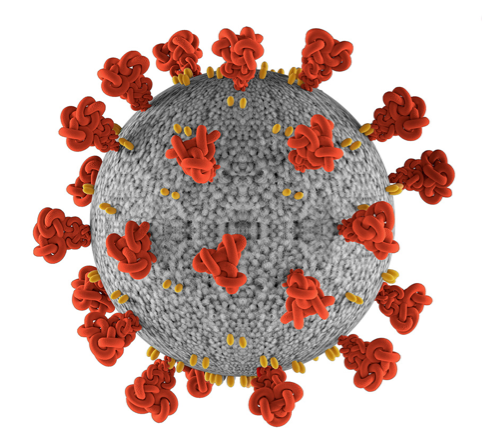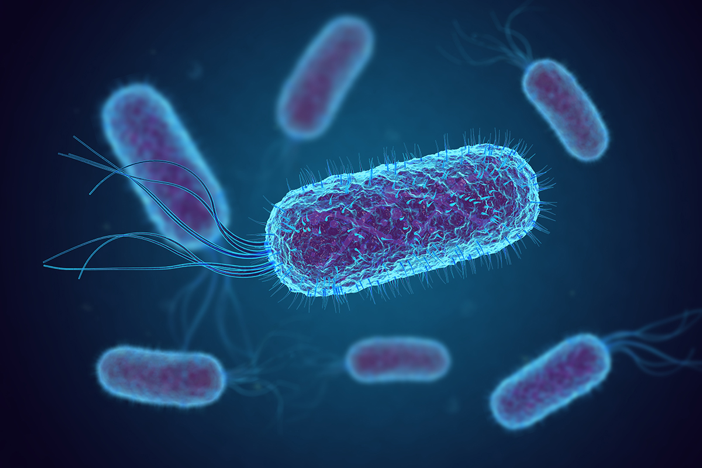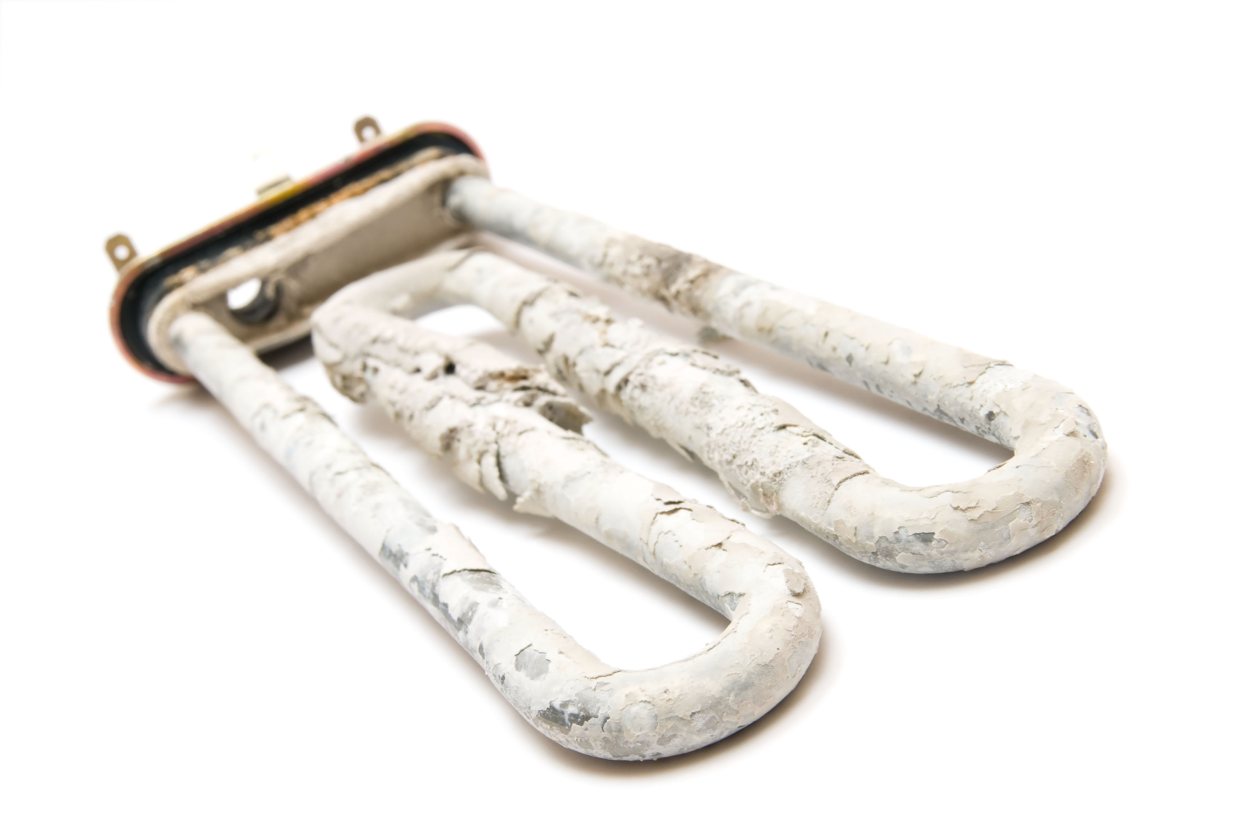Water treatment technology
Water treatment technology
REVERSE OSMOSIS
Reverse osmosis is a technology that, thanks to the special membrane, can remove small particles, bacteria, viruses, micro-plastic particles, but even significantly smaller particles on a molecular level such as pesticides, salts of various heavy metals, and also calcium, magnesium and sodium salts from water. The result of reverse osmosis is ultra-pure water free of all impurities and minerals.
The basis of reverse osmosis is a membrane with ultra-small pores of the size of 0.0001 microns (i.e. ten millionth of a millimeter). Only very small molecules such as water can pass through such a membrane. Larger molecules, such as heavy metal ions or pesticides, cannot fit into the pore. Under normal circumstances, a phenomenon called osmosis would take place on such a membrane. This means that water molecules would flow from clean water to polluted water, not the other way around. That is why we call the technology reverse osmosis, i.e. the action is reversed. And reverse osmosis will be made from ordinary osmosis by pressure.
By creating a higher pressure on the side of the dirty water with the pump, the molecules penetrate from the "dirty" to the "clean" and not the other way around. The water on the "dirty side" thickens and the more concentrated the salts and impurities are, the more difficult it is to clean the water and the necessary pressure would rise so much that the pump would not be able to create it. That's why reverse osmosis allows part of the "dirty" water to go down the drain and thus prevents an increase in osmotic pressure. That's why you need electricity for your reverse osmosis to power the pump and the waste line that drains the concentrated "dirty" water.
It should be noted that the water from any reverse osmosis system is ultrapure. It also does not contain health-promoting minerals such as calcium and magnesium. Therefore, if you use reverse osmosis as a source for drinking and cooking, we recommend alternating it with mineral water, which will replenish these important components of your water.

Virus - Covid-19
usually around 0,1 micron (sheep)

Bacteria - E.coli - 0,3-10 micron (whale)

Pore Size of the reverse Osmosis Membrane is 0,0001 microns (ant)

NANO-FILTRATION
Nanofiltration is the newest of all filtration technologies, uses a special membrane, typically with a pore size of 0.001 microns (that is, millionths of a millimeter). These are already very small pores and remove not only turbidity, rust, bacteria (0.3-10 microns), viruses (0.3-0.02 microns), microplastics, but also large organic molecules and large metal ions from the water. The membrane is partially permeable to mineral substances. If you have heavy metals in your water, your water is too hard and you want to remove not only bacteria, viruses and mechanical impurities from the water, but also pollution of organic origin, nano-filtration is the ideal solution for you.
Even nano-filtration, like reverse osmosis, needs very high pressure, which speeds up the extremely slow filtration process. You can usually use the same device as in the case of reverse osmosis, because the pressure is similar, only the membrane used is different. It was already mentioned above that nano-filtration removes organic substances from water. Typically pesticides, hormone disruptors, pollution caused by water chlorination (e.g. chloroform). This is because the size of these molecules is larger than the "hole" in the membrane. It is the same with heavy metals, whose cations are hydrated in water (a layer of water molecules is tightly bound around the ion, which greatly increases the diameter of the cation). To prevent the membrane from clogging, impurities must be rinsed and removed from the membrane. Therefore, nano-filtration needs to be connected to waste and electricity.
Water from nano-filtration is better for the organism than water from reverse osmosis and it is clearly a technology that we can recommend for cleaning water from organic residues and all other substances.
ULTRA FILTRATION
Ultrafiltration is a technology that uses a Membrane, with a pore size of 0.01 microns (one hundred thousandth of a millimeter). Such small pores will remove all kinds of turbidity, rust, particles, as well as bacteria, which are typically 0.3-10 microns, viruses 0.3-0.02 microns, from the water. However, the membrane is permeable to mineral substances, organic pollution such as pesticides, etc. and heavy metals. So if you do not have heavy metals in your water and your water is not too hard, you only want to remove bacteria, viruses and mechanical impurities from the water, ultrafiltration is the ideal solution for you.
Even ultrafiltration, like reverse osmosis, needs pressure, which only accelerates the very slow natural process of filtration. To prevent the membrane from getting clogged, dirt must be rinsed and removed from the membrane. Therefore, also ultrafiltration needs a connection to waste and electricity.
Water from ultrafiltration is better for the Human than water from reverse osmosis. It contains all the necessary minerals.

Pore Size of the Ultra-Filtration Membrane is 0,01 microns (hare)

WATER SOFTENERS
When water flows through limestone bedrock, thanks to the carbon dioxide that is in it Water in nature contains minerals that are dissolved in it. If it contains a lot of them, especially calcium and magnesium, we are talking about hard water. Calcium and magnesium enter the water underground, where, in the presence of carbon dioxide, the calcium bicarbonate salt is formed from the limestone, which is soluble in water. Such water is usually very tasty, but it really does not get along with household appliances. Whenever such water is heated, the soluble calcium bicarbonate decomposes back into carbon dioxide and the water-insoluble limestone (calcium carbonate). It then settles on mugs, cups, washing machines, dishwashers and boilers and destroys their heating coils. It forms thin "shells" on the tea, the coffee is less tasty.
The most effective way to soften water is to use ion-exchange resins (such as those used in your dishwasher, in which you pour special salt. During the water flow, the resin "exchanges" calcium, magnesium or iron ions for sodium ions, and the problem of hard water is solved. Over time, the concentration of calcium and magnesium ions on the resin rises and it needs to be regenerated. You use a salt solution for regenerationof the resin and calcium and magnesium ions are washed away into the waste. The resin is ready again for softening.


